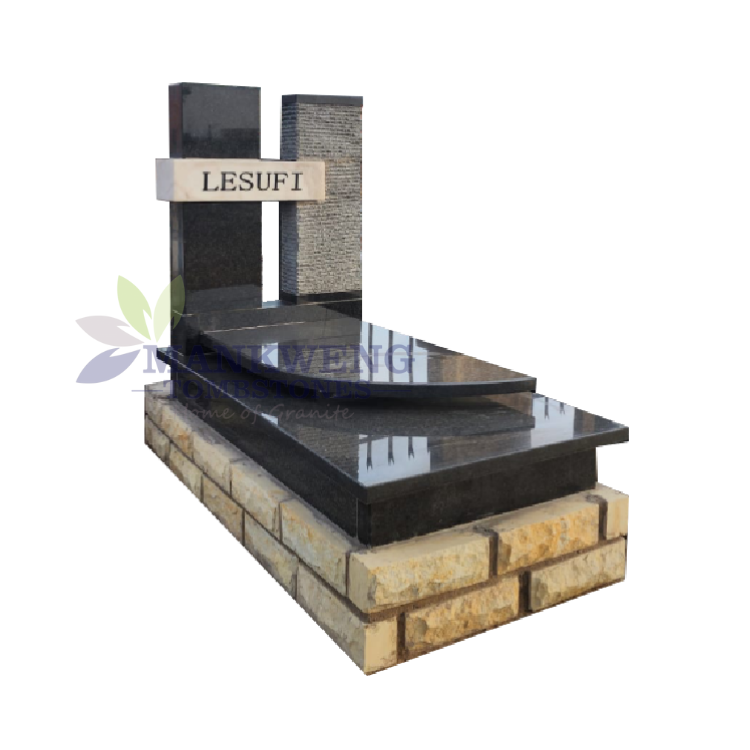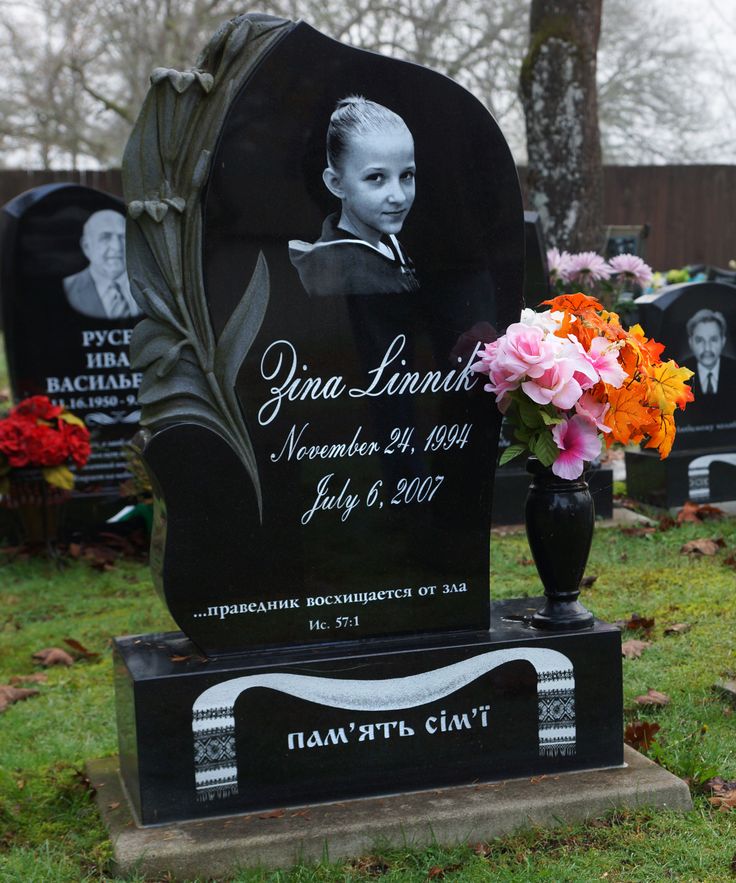Intricate Tombstones: Unraveling History's Artistic Tribute

The tradition of commemorating the deceased with tombstones is as old as human civilization itself. These markers serve not only as memorials but also as a canvas for art and craftsmanship, reflecting cultural, religious, and personal narratives. From simple stone slabs to intricate designs, tombstones have evolved, telling tales of the departed and the societies they lived in. This blog post explores the rich history of tombstones, their artistic evolution, and the cultural significance behind some of the most intricate designs.
The Ancient Beginnings

Tombstones date back to ancient times, with evidence of their use found in Mesopotamia around 3500 BCE. Here’s how they began:
- Mesopotamia: Tombstones here were simple, often unmarked stones or stones with minimal inscriptions to denote the burial spot.
- Ancient Egypt: They pioneered elaborate burial sites and markers, with the Pharaohs’ tombs being the most lavish, filled with detailed inscriptions and hieroglyphs.
- Ancient Greece: Greek tombstones often included sculpted figures, epithets, and detailed reliefs depicting scenes from the deceased’s life or mythological stories.

Medieval Europe and the Rise of Christian Iconography

With the spread of Christianity, tombstones became more symbolic, reflecting Christian themes:
- Materials: Typically stone, with Latin inscriptions.
- Imagery: Common symbols included crosses, angels, and scenes from the Bible.
- Placement: Usually within or near church grounds, creating a community of the departed.
The Renaissance: A New Era of Art and Symbolism

The Renaissance brought a revival of classical learning and art, which also influenced tombstones:
- Artistic Elements: Introduction of more realistic human figures, detailed sculptures, and allegorical representations.
- Patronage: Wealthy families commissioned elaborate monuments, which were not just markers but also status symbols.
- Material Evolution: Marble became popular for its ability to be intricately carved and polished.

Victorian Mourning and Memorialization

The Victorian era was particularly notable for its detailed and emotionally charged tombstones:
- Symbolism: Symbols like urns, doves, lambs (for children), and weeping willows were commonly used.
- Materials: Increased use of bronze and granite, alongside marble, for longevity and detail.
- Personalization: Inscriptions now often included epithets, lengthy biographies, or poignant poetry.
Modern Trends and Preservation

Today, tombstones continue to evolve, incorporating technology and new materials:
- Eco-friendly Options: Biodegradable markers and natural stone, addressing environmental concerns.
- Digital Memorials: Some cemeteries now offer QR codes linked to online memorials or biographies.
- Restoration: Preservation efforts include cleaning and restoring historic tombstones to prevent decay.

💡 Note: While tombstones carry historical significance, it's crucial to respect these markers as they are sacred to the families and communities.
In summary, tombstones have always been more than mere markers of burial sites; they are historical artifacts, repositories of art, and witnesses to human emotions like love, loss, and remembrance. From their ancient origins to contemporary adaptations, these stones tell us stories not just about the individuals they commemorate but also about the societies that erected them. Their evolution reflects changes in technology, religious beliefs, cultural trends, and personal expressions, making them a dynamic part of our heritage and a poignant reminder of life's impermanence.
What materials have historically been used for tombstones?

+
Historically, materials like stone (limestone, granite, marble), bronze, and even lead for inscriptions have been used. The choice of material often reflected the wealth or status of the deceased, the prevailing cultural trends, and the technology available at the time.
Why are some tombstones more intricate than others?

+
Intricacy can denote status, wealth, or significant personal or cultural importance of the deceased. In some periods, like the Renaissance or Victorian era, ornate tombstones were popular, reflecting artistic trends and the mourner’s desire to commemorate their loved ones lavishly.
How have digital technologies impacted tombstones?

+
Technologies like QR codes and online memorial pages allow for a new level of interaction and information sharing. They offer an extended narrative of the person’s life, accessible even after physical markers have deteriorated.



